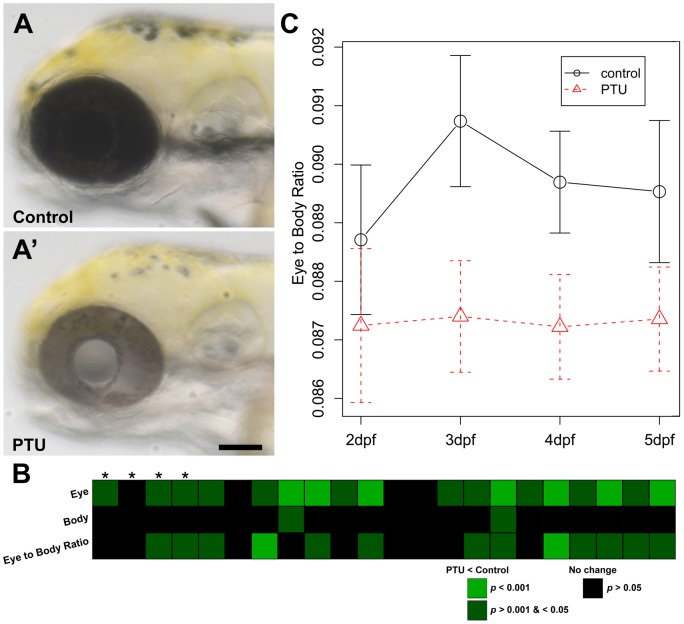Figure 1. PTU treatment specifically reduces eye size starting at 3 dpf.
(A & A') After PTU treatment (PTU), the production of black pigment or melanization in a larva was suppressed (A'). In addition, the eye size of the PTU-treated larvae also appeared smaller compared with the untreated siblings (control) (A) at 3 dpf. Scale bar = 100 µm. (B & C) To quantify potential differences in eye size, the anterior-posterior length or area of eye and body were measured in multiple experiments conducted on different days. (B) A heatmap that shows the results from 22 independent experiments at 3 dpf. At least 10 embryos were used in each treatment group per experiment. Each column represents one experiment and the individual box represents the Holm-adjusted p-value of a Wilcoxon rank sum test for the comparison of eye or body measurements, or their ratios (eye/body size ratios) between PTU-treated and control larvae. The color of each box represents the difference in the means of the parameter between the two groups and the intensity represents the corresponding p-value of each test (green: PTU < control, p-value <0.001; dark green: PTU < control, p-value >0.001 & <0.05; black: PTU = control, p-value >0.05). The experiments analyzed by area measurements are highlighted by asterisks; otherwise, they were analyzed by length measurements. The PTU treatment specifically reduced the measurements of the eye size compared with the body size. See text for further supporting statistical analyses. (C) A plot of the means of eye/body length ratios of 15 control and PTU-treated larvae at 2–5 dpf obtained from one of the multi-days experiments. The error bars show the 95% confidence intervals.

